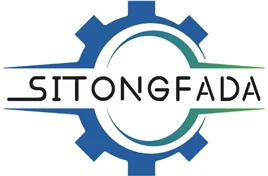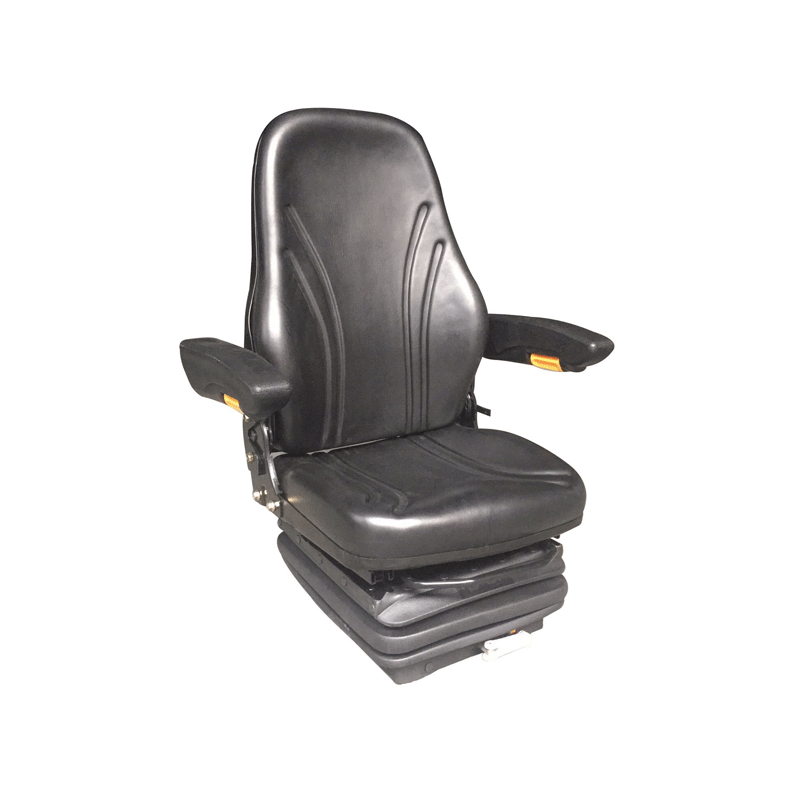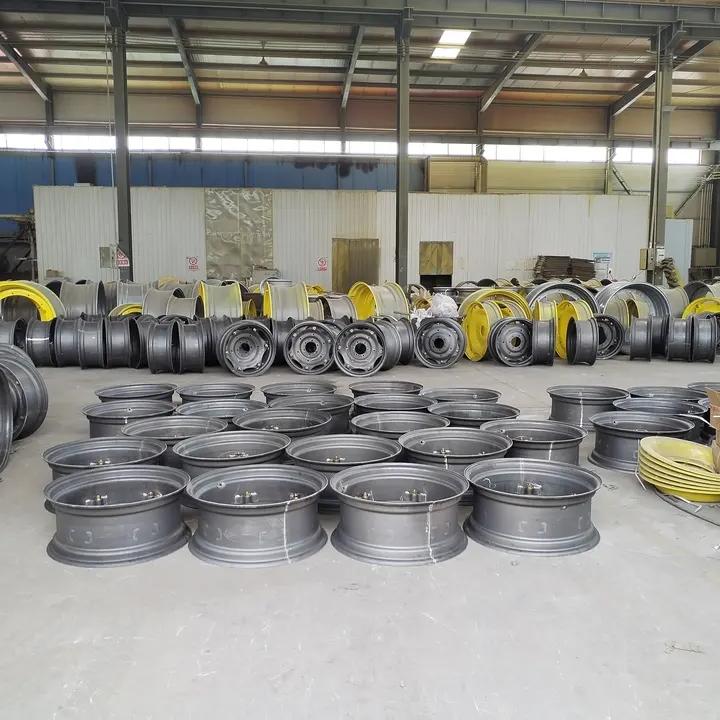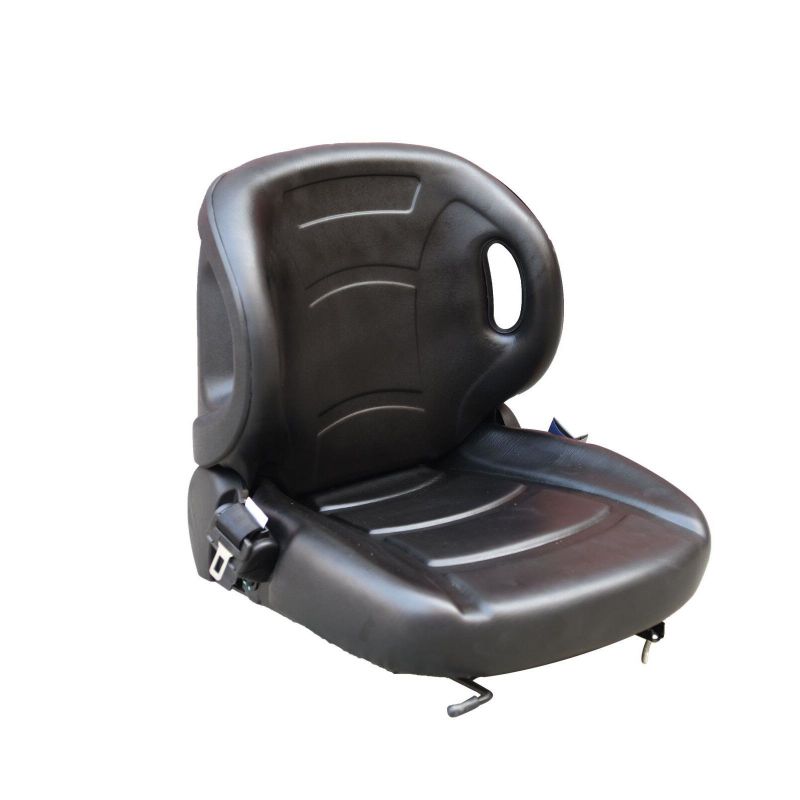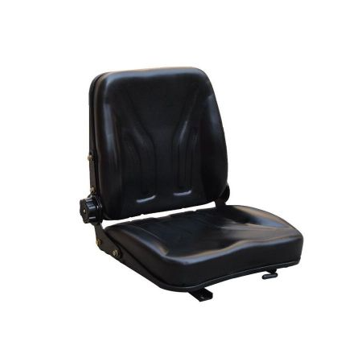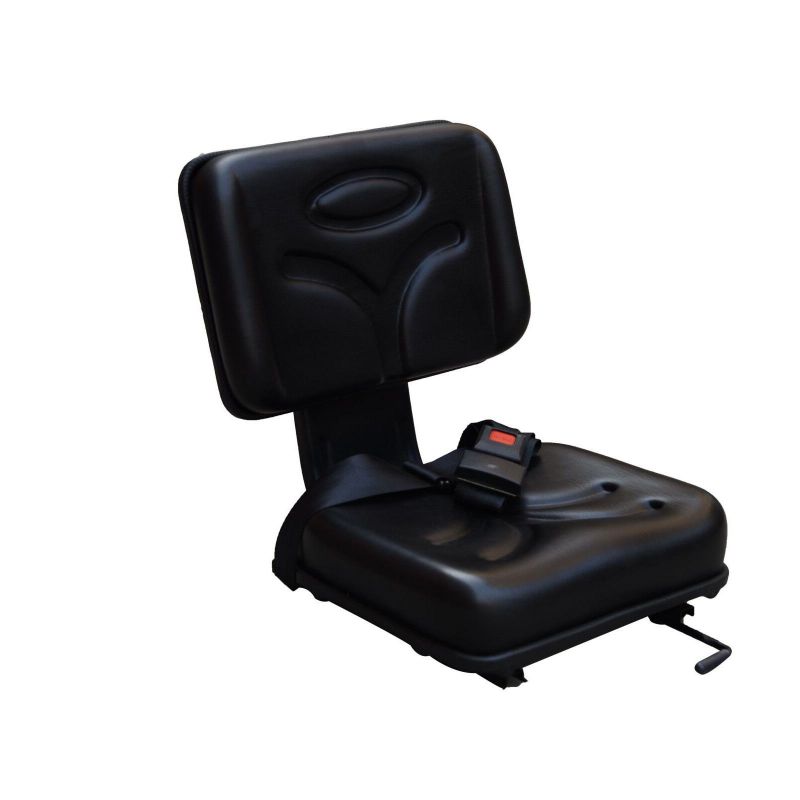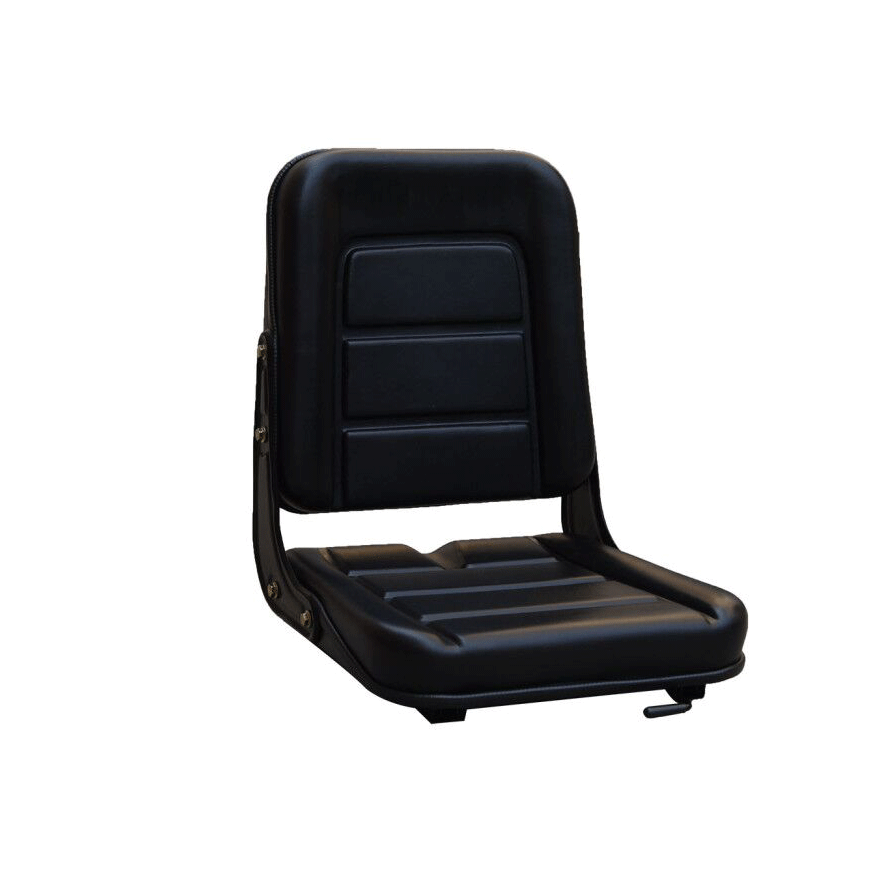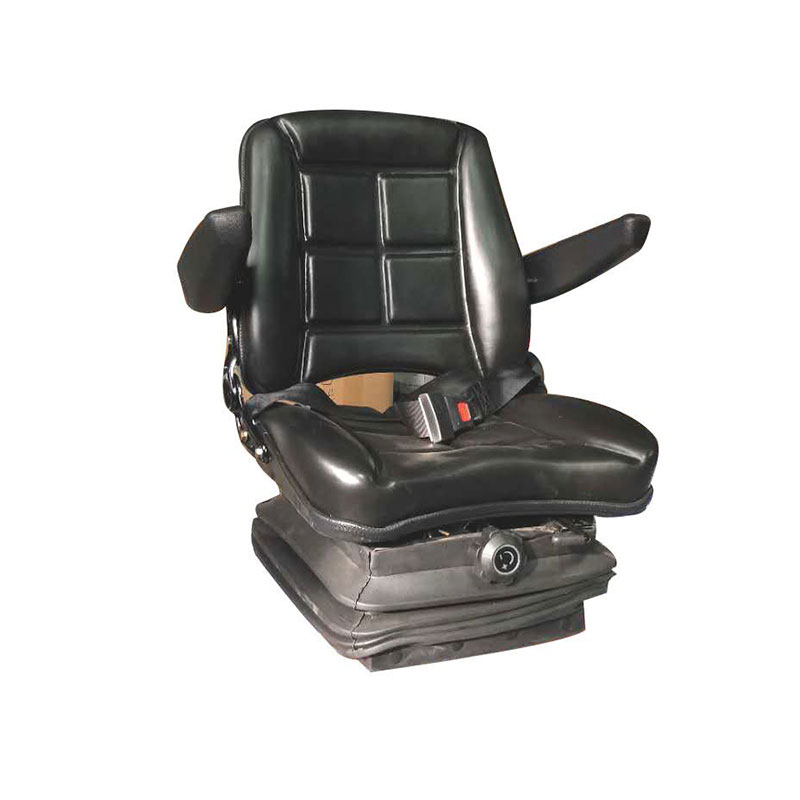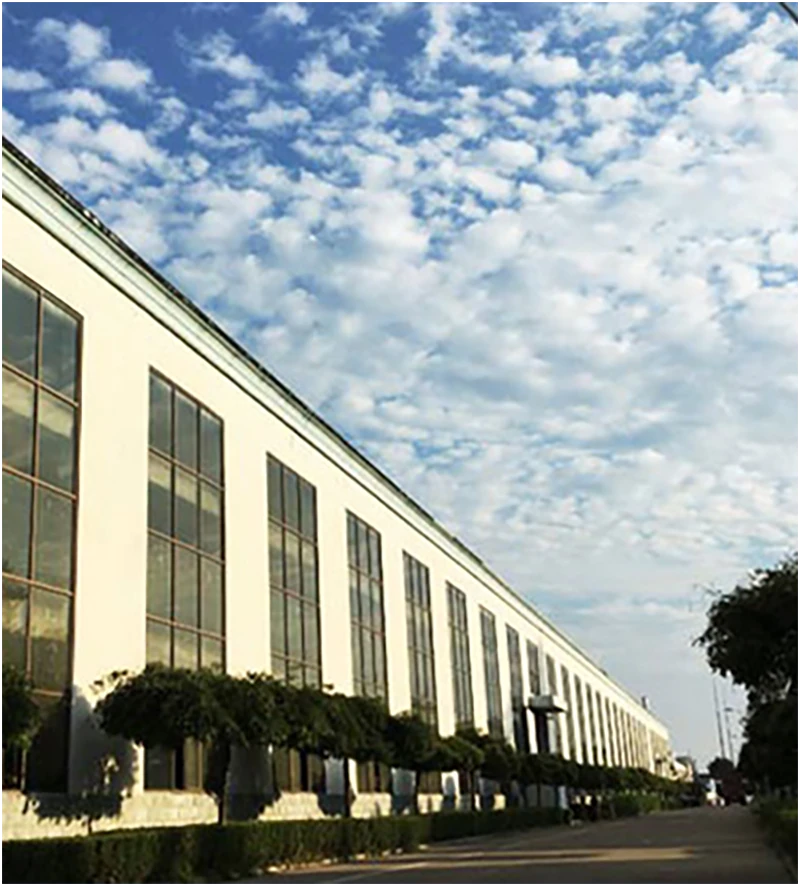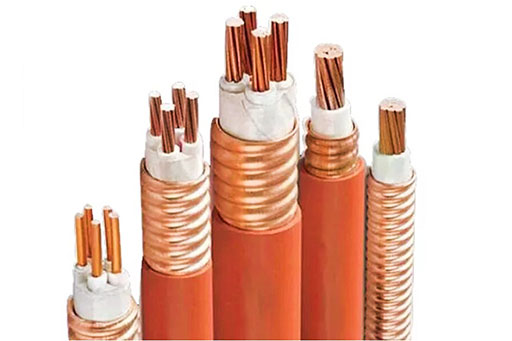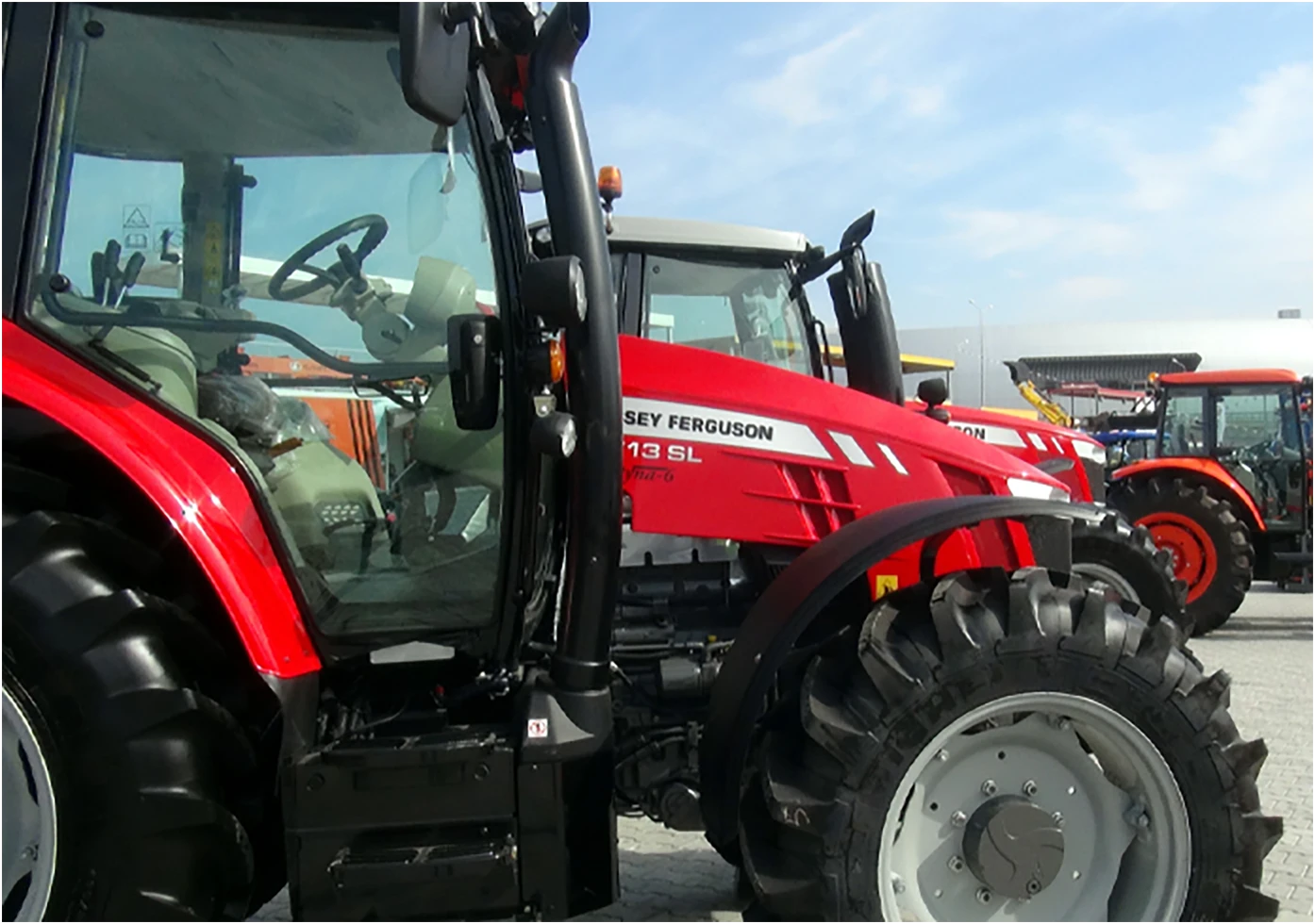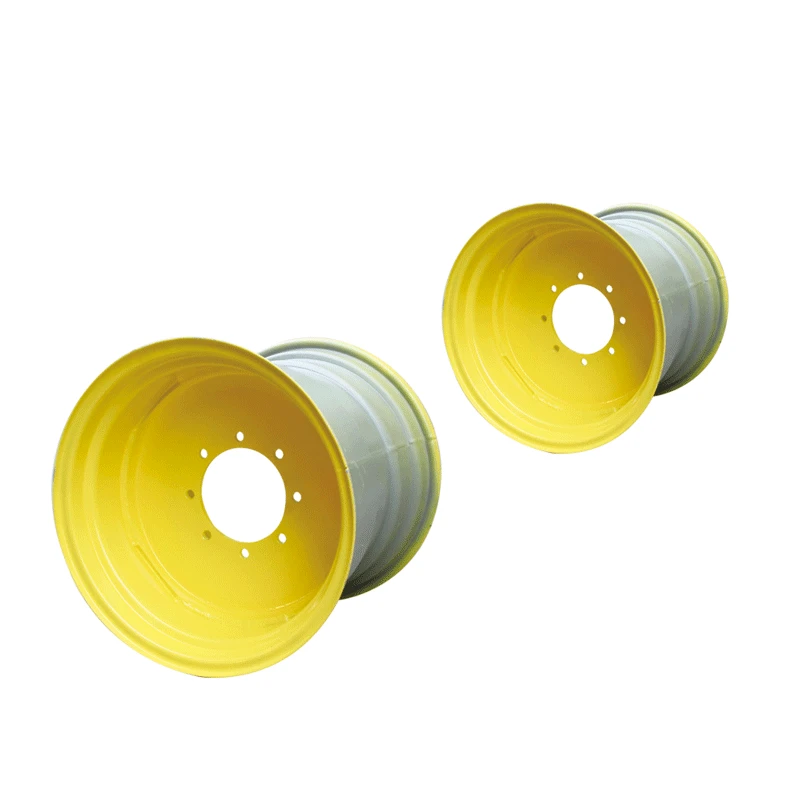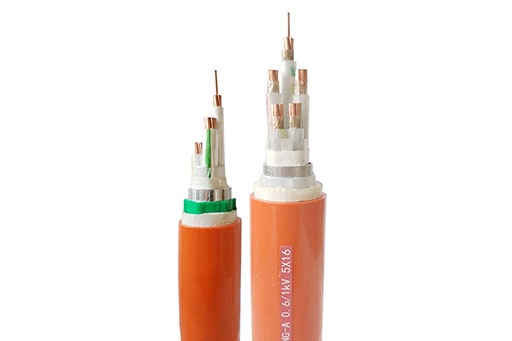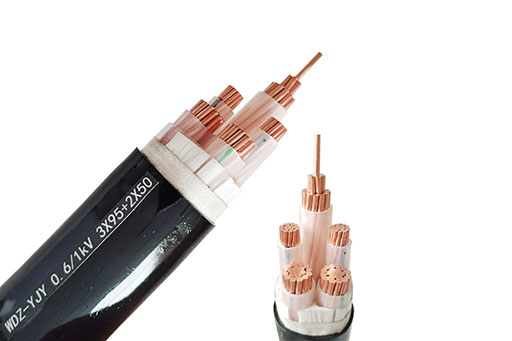Tractor wheel rims used in mining and heavy-duty transport are essential components that must meet extreme performance demands in some of the harshest working environments on the planet. These rims support the massive weight of industrial vehicles and cargo, provide stability on uneven terrain, and endure constant shock, abrasion, and weather exposure. In such applications, the durability, material quality, and structural design of the wheel rim directly affect safety, efficiency, and operating costs.
Mining vehicles—such as haul trucks, loaders, underground shuttle cars, and drilling rigs—often operate under continuous stress, carrying loads that can exceed hundreds of tons. To support such extreme weight, tractor wheel rims in this sector are engineered from high-strength alloy steels with reinforced flanges and bead seats. These rims are typically multi-piece designs, allowing for easier assembly, tire mounting, and maintenance in the field, especially in remote or underground locations where downtime is costly.
Heavy-duty transport vehicles, including trailers, dump trucks, and specialized carriers, also rely on tractor-style rims for stability and long-term durability. These machines often carry oversized or overmass cargo across long distances or challenging terrain, such as gravel roads, construction sites, and unpaved industrial zones. The rims must resist deformation under high pressure and dynamic loads, ensuring that tires remain securely seated even during high-speed travel or abrupt maneuvers.
Another critical consideration in mining and heavy haul applications is heat dissipation. Heavy braking, especially on long downhill routes in mining or construction zones, generates substantial heat. Well-designed rims must allow for adequate airflow and heat dispersion to prevent thermal degradation of both the tire and the wheel structure. Some rims are specifically ventilated or have ribbed designs to enhance cooling and structural rigidity.
Corrosion resistance is equally important. In mining environments, rims are constantly exposed to moisture, chemicals, dust, and abrasive particles. To counteract corrosion, rims are often coated with anti-rust finishes such as powder coating or hot-dip galvanization. In underground mining, where humidity and chemical exposure are even higher, corrosion-resistant alloys are sometimes used to extend rim lifespan.
Safety is paramount in these settings. A rim failure in a mining truck or heavy transporter can be catastrophic. That’s why these rims often undergo rigorous testing and meet strict international standards for load rating, fatigue resistance, and impact strength. Some advanced rims also incorporate sensor systems to monitor pressure, temperature, and structural stress in real-time, helping prevent failures before they occur.
In conclusion, tractor wheel rims used in mining and heavy-duty transport must deliver unmatched strength, reliability, and performance. As industries push the limits of vehicle capacity and terrain complexity, these rims are evolving with stronger materials, smarter monitoring systems, and designs focused on safety and maintainability. Their role is indispensable in keeping heavy equipment moving efficiently and safely under the toughest operating conditions.
Post time: Jun . 20, 2025 16:51
NEXT:
This is the last article
